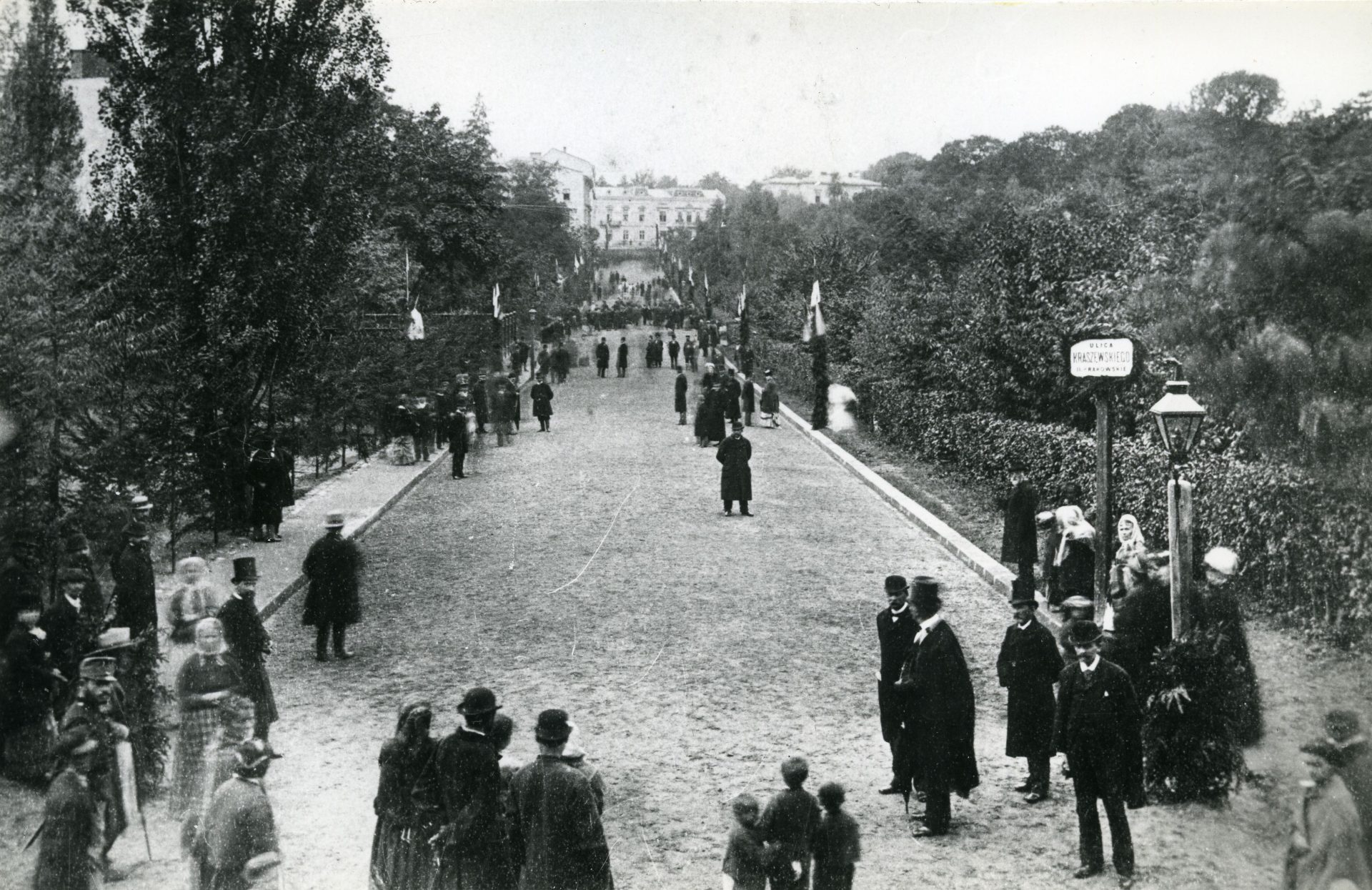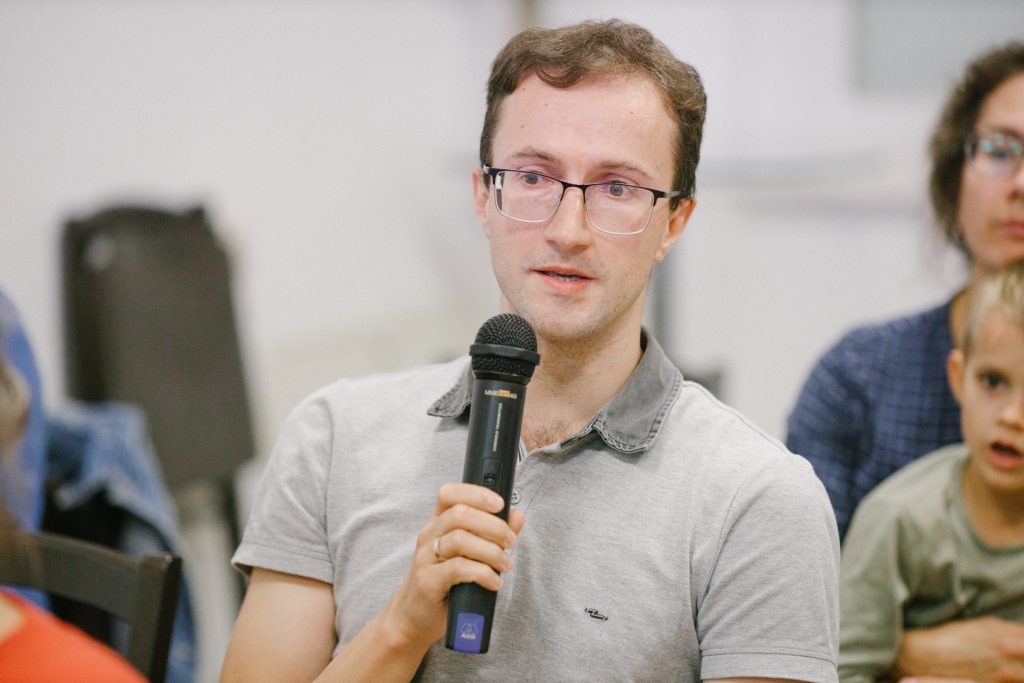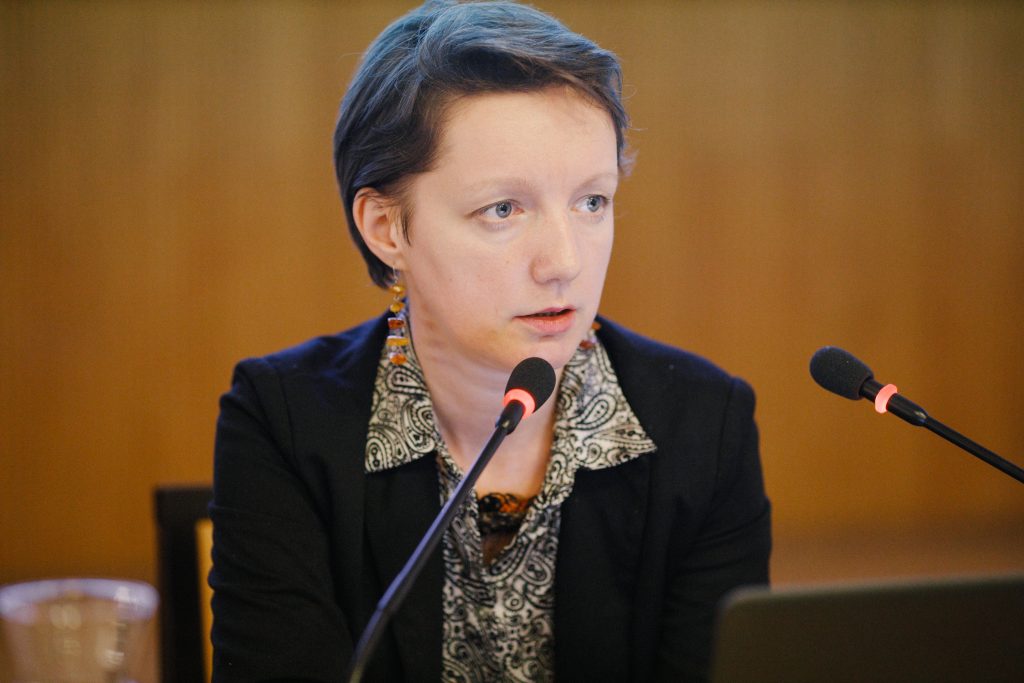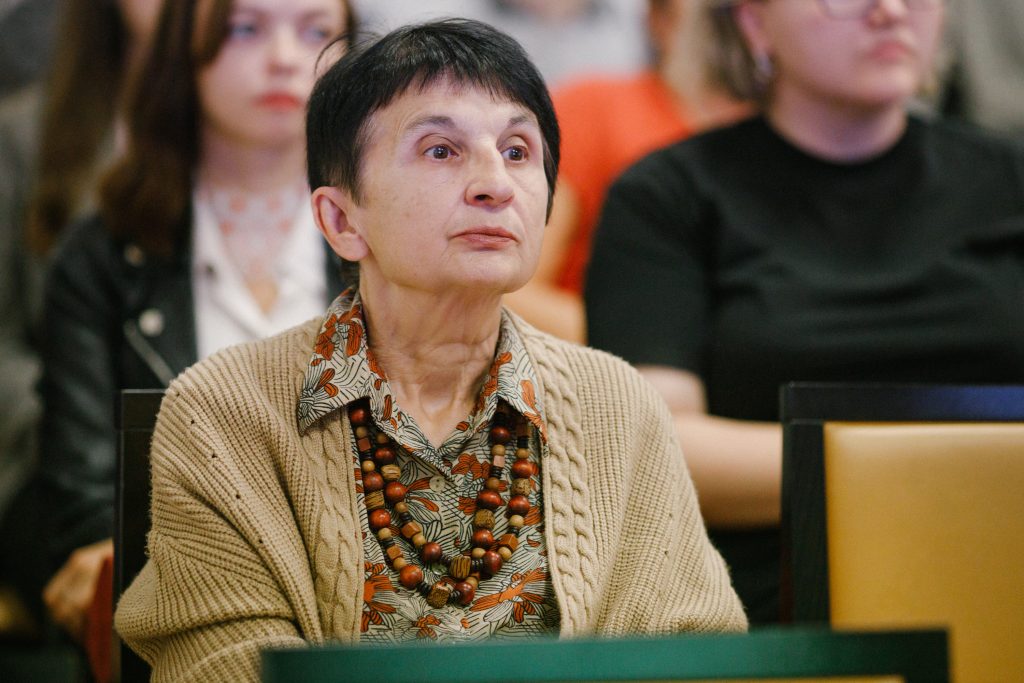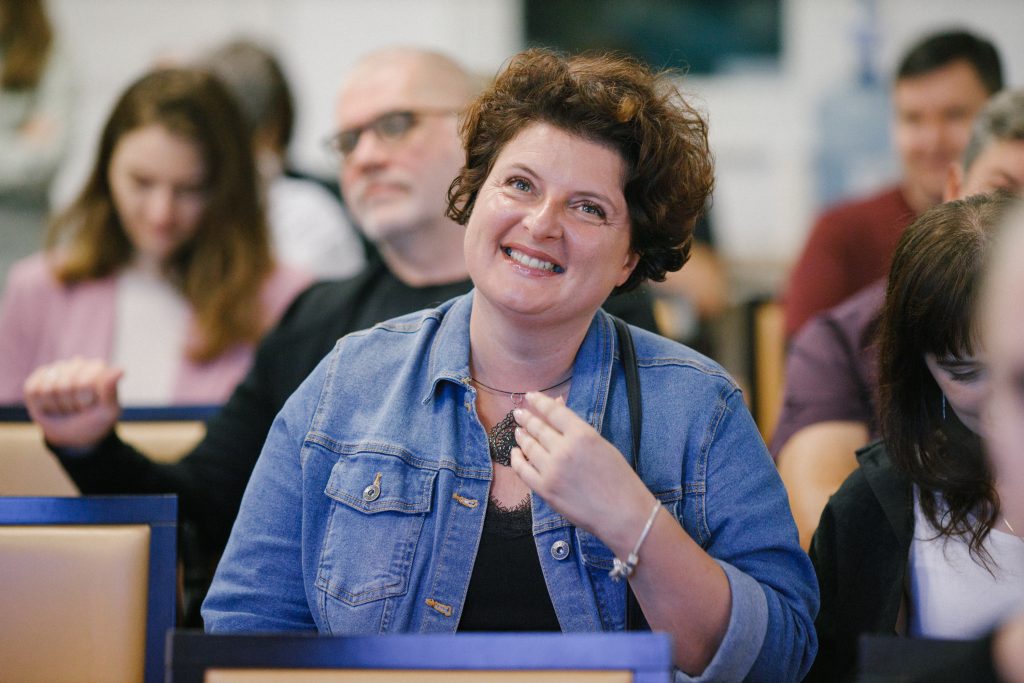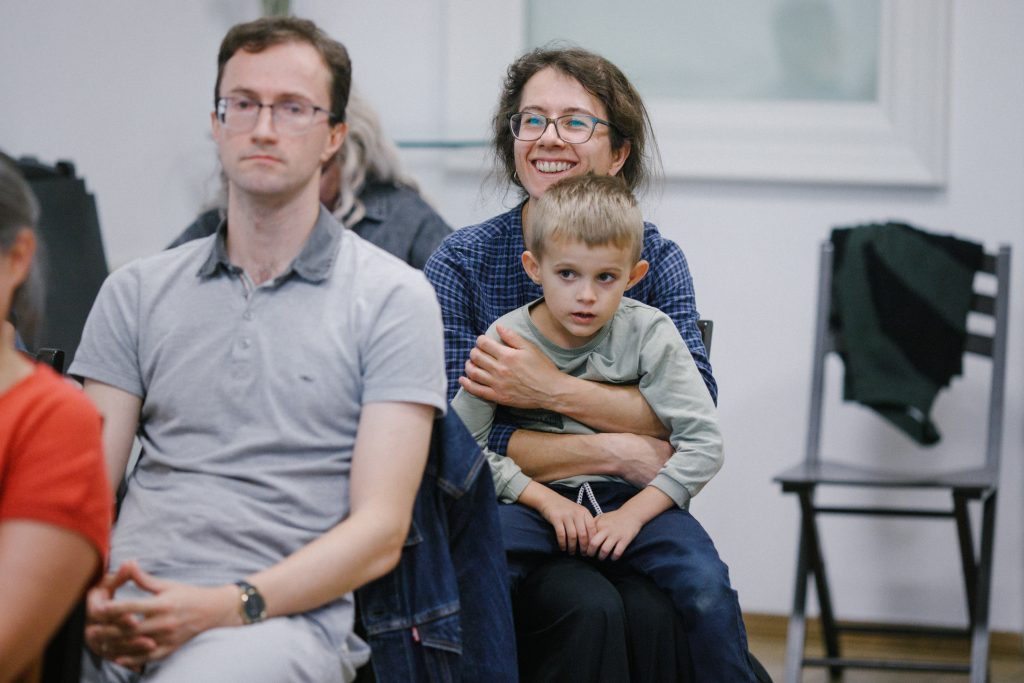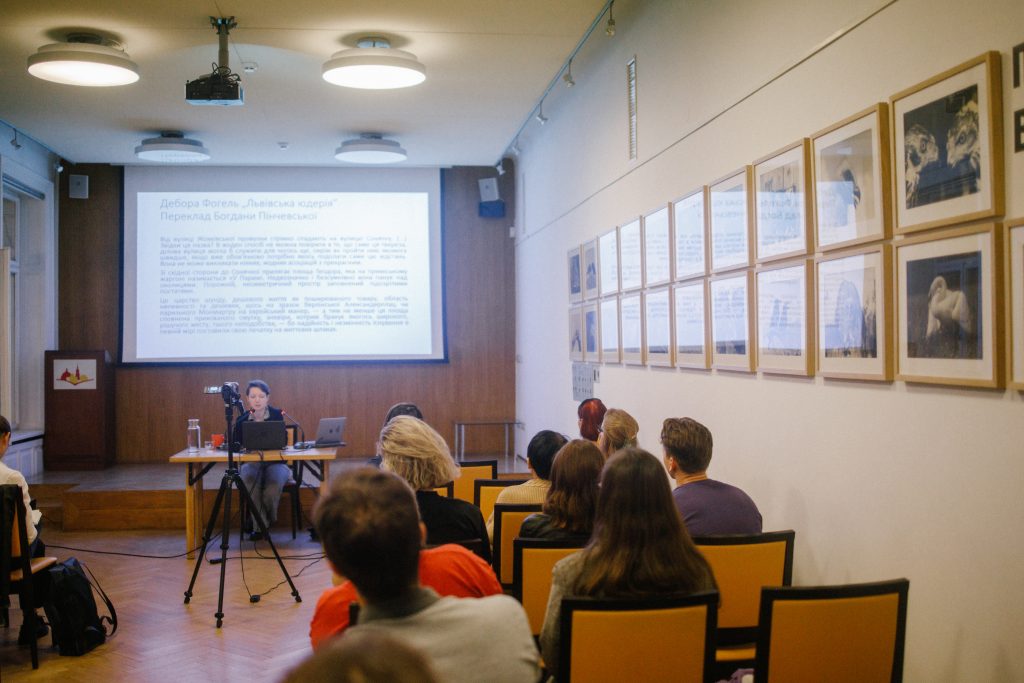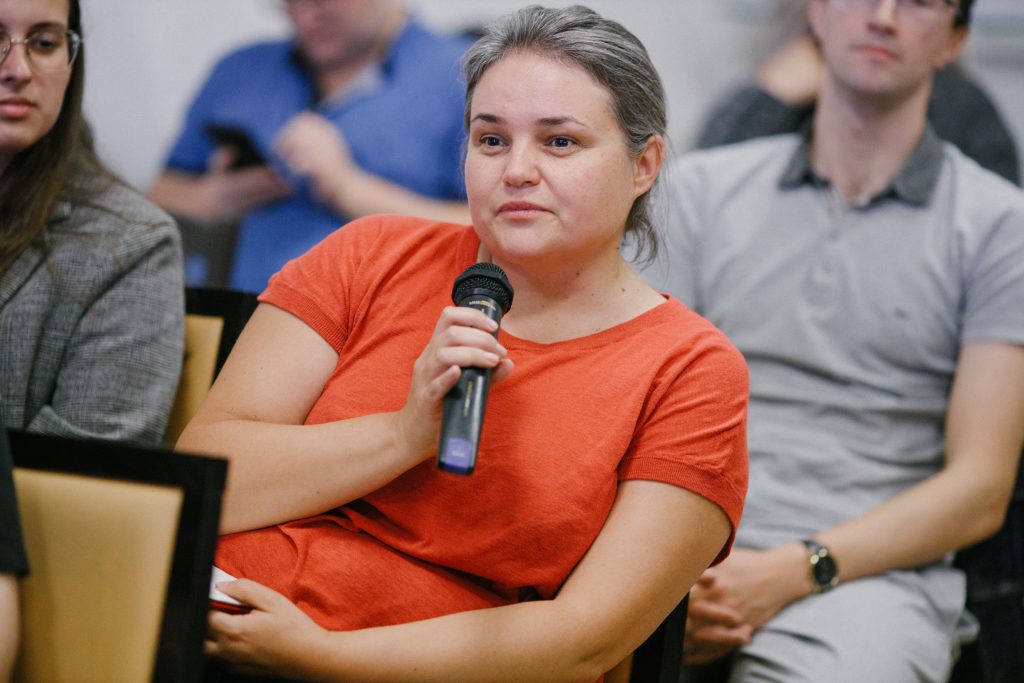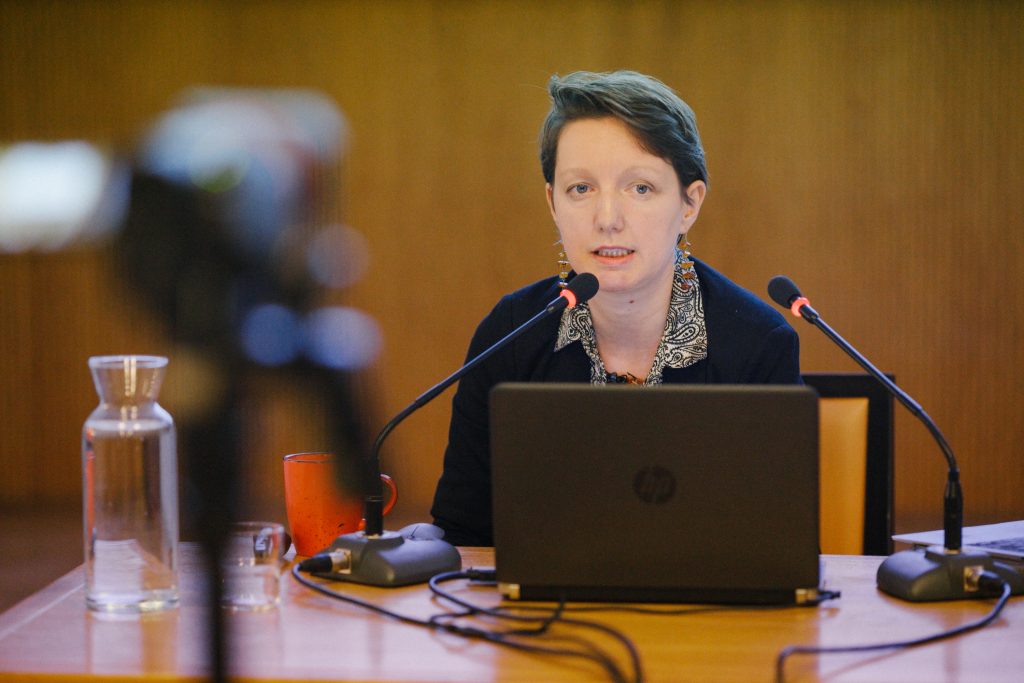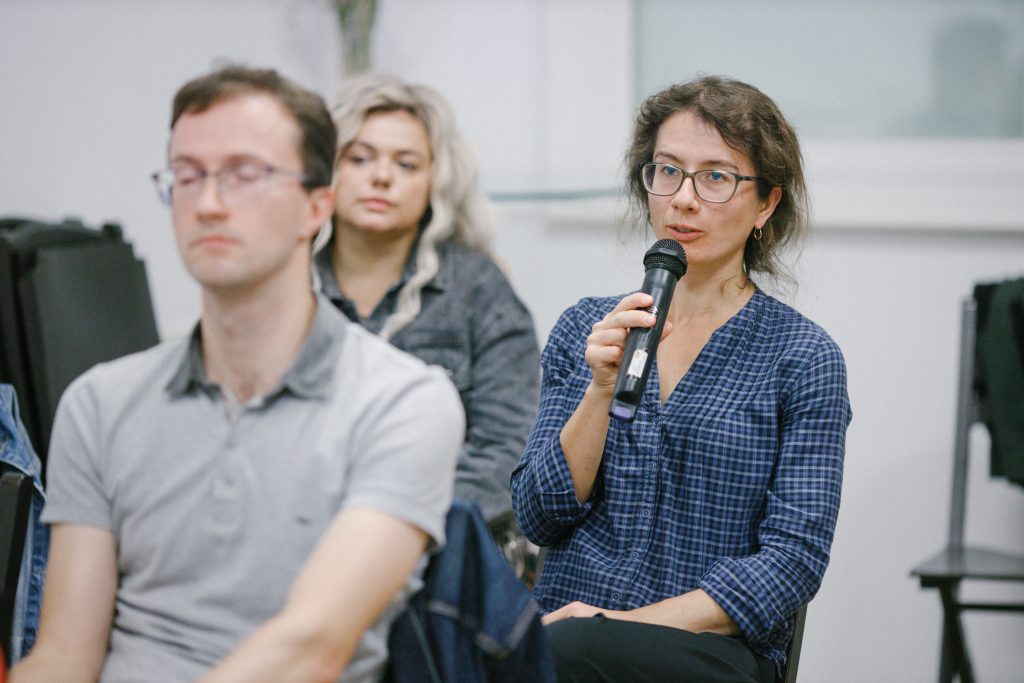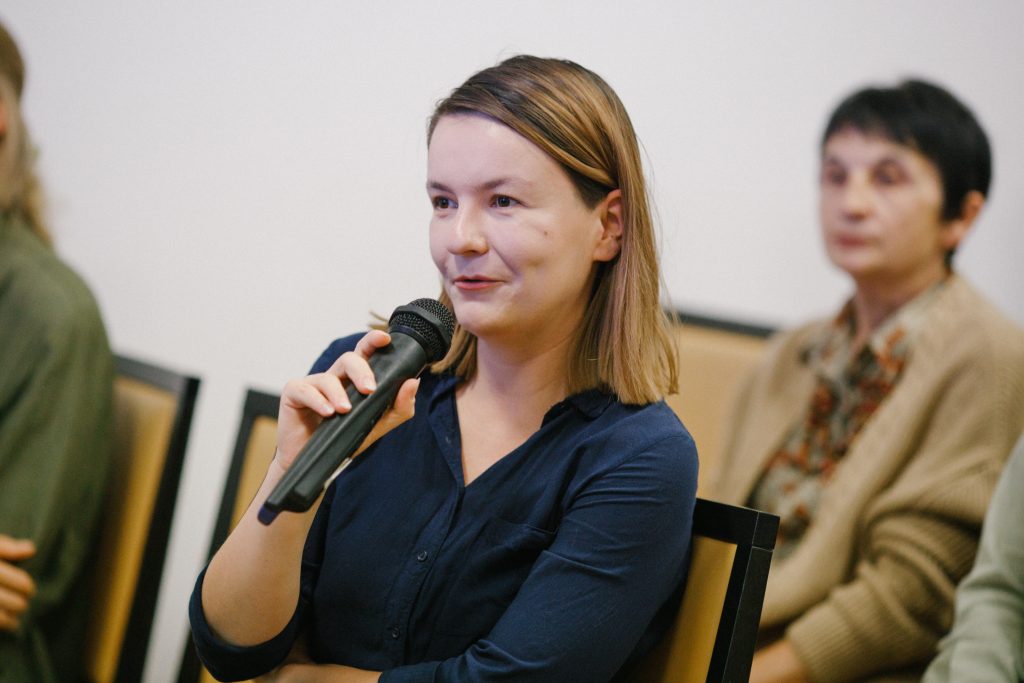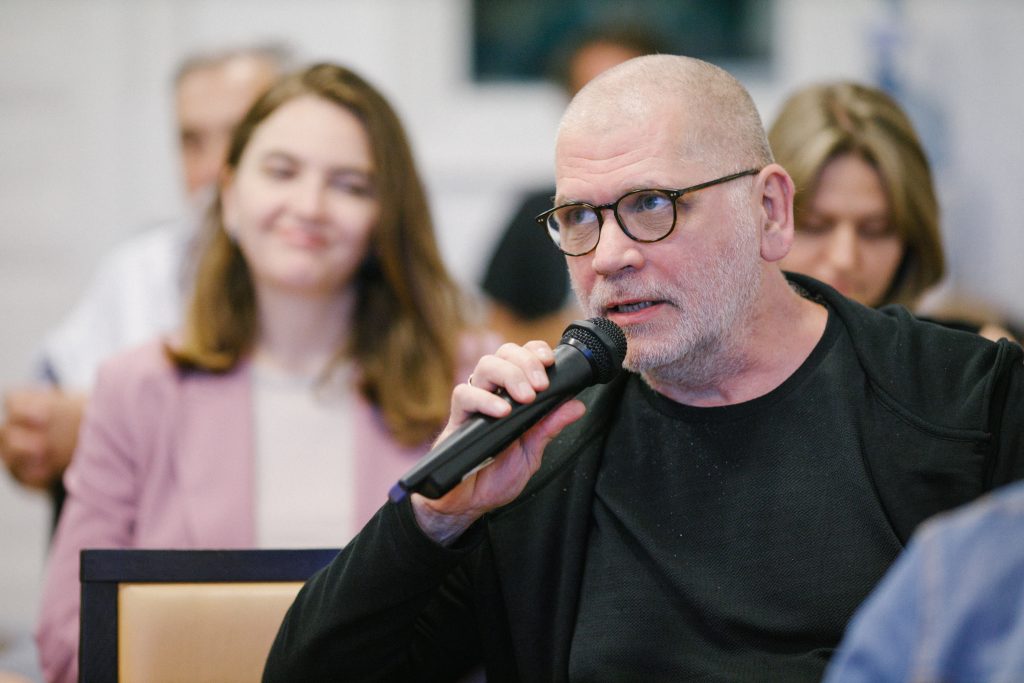Living in the Neighborhood? Social and Ethnic Groups in the Space of Late Nineteenth-Century Lviv
Dr Vladyslava Moskalets
Center for Urban History12.9.2024, 18:30
Conference Room of the Center for Urban History
We invite you to Vladyslava Moskalets's lecture, which continues the series of public lectures "Let's Have a City...".
At the end of the nineteenth century, Lviv was rapidly developing and expanding. It was a city of numerous divisions: national, social, and professional. These divisions could be fluid in some everyday situations; however, they created insurmountable boundaries in others.
In her lecture, the researcher will discuss how those divisions affected the housing practices of the city's residents, particularly those of the middle class or gentry. The chosen period, the second half of the nineteenth century, is important because of the changes in living practices that took place during this period, in addition to development.
After the emancipation of 1867, Jews could settle freely in all city districts; thus, the wealthier members of the community began to choose new dwelling places. The gentry also became urbanized, trying to maintain their lifestyle and organizing many social events. The upper middle class, represented by industrialists and bankers, tried to combine the working rhythm of life with practices borrowed from the gentry.
Did such neighborhoods living in the newly built districts create their own urban culture, which different national and social groups shared? By combining statistical data from tax lists and ego documents of several Lviv families, namely the Ukrainian intelligentsia such as the Hrushevski, the Polish nobility of the Bogdanovychi, and the Jewish bankers of the Lilieny, the researcher reconstructs the city not only as a space of division and competition but also as an arena for the creation of new forms of coexistence.

Dr Vladyslava Moskalets
Center for Urban HistoryPhD in History, researcher at the Center for Urban History. Since 2016, she has been teaching courses related to 19th-century Ukrainian and Jewish history, consumer history, and Hebrew. She is a senior lecturer at the Department of History at the Ukrainian Catholic University and coordinator of the Jewish Studies program. At the Center, Vladyslava is conducting a research project on Lviv’s urban elites in the second half of the nineteenth and early twentieth centuries. Her research interests include the Jewish history of nineteenth- and twentieth-century Eastern Europe, consumer history, women’s studies, Yiddish, and linguistic diversity.
Credits
Cover Image: Lviv, S. Krushelnytska St., 1880s-1890s // collection of Tanas Nykyforuk // Urban Media Archive of the Center for Urban History
Gallery: Mariia Varanytska
